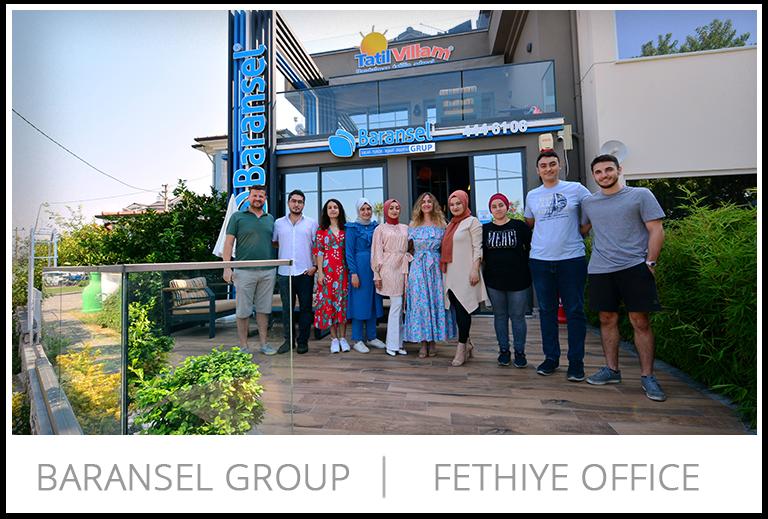Myra was a leading city of the Lycian Union and surpassed Xanthos in early Byzantine times to become the capital city of Lycia. Its remains are situated about 1.5 km north of today's Demre, on the Kaş-Finike road. Most of the ancient city is now covered by Demre and alluvial silts, for it is located on the river Demre Cay in a fertile alluvial plain. Today this large plain is almost covered with greenhouses stuffed full of tomatoes. In ancient times this area was probably farmed extensively, for export and trade with the interior of Lycia.
The date of Myra's foundation is unknown. There is no literary mention of it before the 1st century BC, when it is said to be one of the six leading cities of the Lycian Union (the other five were Xanthos, Tlos, Pinara, Patara and Olympos). It is believed to date back much further however, as an outer defensive wall has been dated to the 5th century BC. The city is well known for its amphitheatre (the largest in Lycia) and the plethora of rock-cut tombs carved in the cliff above the theatre.
Features of Myra include:
- Amphitheatre - Myra's Greco-Roman theatre is the largest theatre in Lycia and one of the main attractions of Myra, still in good shape. Its double-vaulted corridors are still preserved and an inscription in a stall space reads "place of the vendor Gelasius" - the location of an ancient concessions stand. It has 38 rows of seats and its facade was richly decorated with theatrical masks and mythological scenes.
- Rock-Cut Tombs - The famous rock-tombs of Myra are in two main groups, one above the theater and the other in a place called the river necropolis on the east side. Although most of the tombs are plain today, Charles Fellows tells that upon his discovery of the city in 1840 he found the tombs colourfully painted red, yellow and blue. The entire cliff face must have once been a bright riot of colour.
To the west of the theatre the steep cliff is pockmarked with a huge number of closely packed rock-cut tombs in an asymmetric pattern, house type rock-cut tombs. A few are temple tombs and one can see steps carved out out the rock that lead to them. Most of the tombs are from the 4th century BC, and many contain funeral scenes in relief, some scenes portraying the daily life of the deceased.
The tombs on the eastern face of the hill resemble those next to the theater. Approached by an uncomfortable rock-path is the monument known as The Painted Tomb, one of the most striking throughout Lycia. It is the ususal house-type tomb with the outstanding feature of a group of eleven life-size figures in relief.
- St. Nicholas Church- This church can be visited a short distance from the site of Myra on the outskirts of Demre and is well worth the trip. Inside the church is the sarcophagus of St. Nicholas although his remains were taken to Italy. The earliest church of St. Nicholas was built in the 6th century AD, supposedly over St. Nicholas' tomb. Later it was rebuilt, the present church is from the 9th century (probably rebuilt after Arab attacks). It was further rebuilt in 1042 under the patronage of Constantine X and a monastery was added at that time or shortly after. Czar Alexander II bought the building in 1863 and began to have it restored, but the renovation was not completed.The Church was a popular pilgrimage center attracting pilgrims from home and abroad in all periods, even after the remains of St. Nicholas were stolen in 1087 AD. St. Nicolas church and its close environs were registered as a 1st-degree archaeological site in 1982, and also placed on the tentative list of World Heritage Sites by the Turkish Ministry of Culture. It is ranked among specialists as the third most important Byzantine structure present in Anatolia.St. Nicholas was a popular bishop at Myra in the 4th century AD, born in Patara between 260 AD and 280, famous for his miracles and known for his kindness. His parents died of the plague and he was left a wealthy young man. St. Nicholas was known for his charitable nature and humility. Several legends about him have been based on his kind and giving nature and have led to the development of Santa Claus.










